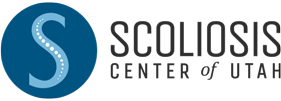Scoliosis
Adult Scoliosis
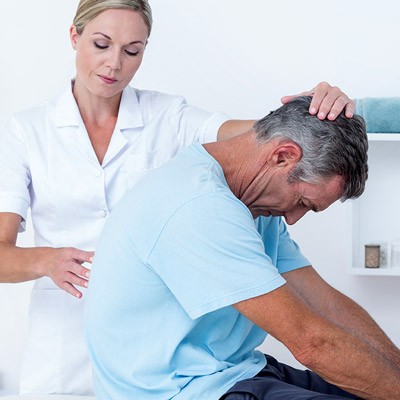
There are two main categories of adult scoliosis: Adolescent Scoliosis in Adults (ASA), which stems from untreated adolescent scoliosis, and Degenerative De-Novo Scoliosis (DDS), which arises from spinal degeneration.
ASA in adults often involves a continuation of scoliosis diagnosed during adolescence and can either progress or remain stable over time. Monitoring progression is relatively straightforward by comparing current X-rays with those taken during adolescence. Conversely, identifying a pre-existing adolescent condition can be challenging when scoliosis is first detected in adulthood.
DDS typically manifests in middle-aged and older adults, usually around age 45 or older. Because it results from degenerative instability, DDS tends to worsen gradually. Chronic lower back pain is the most prevalent symptom. Treatment options for adults with scoliosis may include bracing, targeted exercises, and chiropractic adjustments.
What is Adult Scoliosis?
Adult scoliosis is a spinal condition characterized by an abnormal curvature of the spine that develops or progresses in adulthood.
While some individuals may have had scoliosis since adolescence, others may develop it later in life due to factors such as degenerative changes, spinal injuries, or the progression of a previously undiagnosed curvature. Common symptoms of adult scoliosis may include:
- Back Pain: Chronic or intermittent pain in the back, often aggravated by standing or walking for extended periods.
- Spinal Deformity: Visible curvature of the spine, which may cause uneven shoulders, hips, or waistline.
- Muscle Imbalance: Weakness or tightness in the muscles surrounding the spine, leading to discomfort and reduced mobility.
- Nerve Compression: Pressure on spinal nerves, resulting in symptoms such as numbness, tingling, or weakness in the extremities.
- Limited Range of Motion: Difficulty bending, twisting, or performing daily activities due to stiffness and reduced flexibility.
Comprehensive Scoliosis Care
At the Scoliosis Center of Utah, we understand the unique challenges adult scoliosis presents and are dedicated to providing personalized care to address each patient’s specific needs. Our experienced team conducts thorough evaluations to assess the severity and impact of adult scoliosis, allowing us to develop customized treatment plans aimed at improving spinal alignment, relieving symptoms, and enhancing overall quality of life. These include an exam, digital x-rays, digital postural analysis, and a custom roadmap to get your spine back to its healthy shape.
Advanced Treatment Options for Adult Scoliosis
As part of our commitment to excellence, we offer a range of advanced treatment options for adult scoliosis, including the revolutionary ScoliBrace scoliosis bracing system, in conjunction with Advanced Chiropractic BioPhysics technique.
The ScoliBrace is a custom 3D scoliosis overcorrection brace designed to not only support the spine while allowing for comfortable movement, but using mirror-image overcorrection to stabilize and eventually correct the shape of the spine. By utilizing state-of-the-art technology and evidence-based CBP technique, we strive to achieve optimal outcomes for our patients.
Why You Shouldn’t Wait
Adult scoliosis and postural deformities only get worse with time. If the spine surpasses a certain degree of curvature, not only do a lot of non-invasive options (such as ScoliBrace scoliosis bracing, or Advanced Chiropractic BioPhysics treatment) are taken off the table, but the body will start to snowball into disease and discomfort at an alarming rate.
Dr. Katalina Dean, clinical director of Scoliosis Center of Utah has helped hundreds of adults suffering with scoliosis avoid risky surgery though non-invasive, painless, and highly-effective bracing and treatment options.
If you’re living with adult scoliosis and seeking relief from pain and discomfort, don’t hesitate to contact the experts at the Scoliosis Center of Utah. Our dedicated team is here to provide the support and guidance you need to effectively manage your condition and reclaim your life. Schedule your consultation today and take the first step toward a happier, healthier tomorrow.
Non Invasive
Safe & Effective
No Downtime
Types of Scoliosis

Infantile Scoliosis
Infantile scoliosis is rare, affecting children younger than 3 years of age. It begins to develop in the first 6 months of life. Like other types of scoliosis, it is characterized by an abnormal sideways S or C curve of the spine. Sometimes, It can resolve spontaneously; however, it often progresses to a more severe form of scoliosis. Treatment may involve observation, specific exercises, bracing, and, as a last resort, surgery.
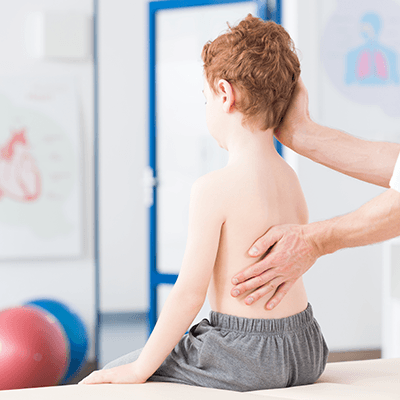
Juvenile Scoliosis
Juvenile scoliosis affects children between ages three and nine. It’s characterized by the hallmark abnormal sideways S or C curve of the spine. Girls tend to be more susceptible to the condition than boys, and curves tend to bend more often to the right. Interestingly, curves to the left tend to have a better prognosis.
Children with juvenile scoliosis generally have a high risk of progression. Seven out of 10 children with this condition will require active treatment to mitigate its severity and associated risks. Treatment usually requires bracing, and many cases require some form of surgery. Early detection and proper management are recommended for the best outcome.
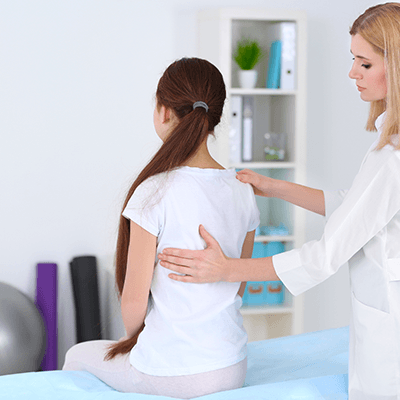
Adolescence Scoliosis
Adolescent scoliosis affects adolescents and young adults. It’s typically diagnosed by puberty and is more easily diagnosed in girls than boys. Children with adolescent scoliosis tend to be generally healthy outside of posture issues.
This condition has a better prognosis than juvenile scoliosis, but can still progress to a significant deformity if not detected early and properly managed. It is not uncommon for untreated cases of adolescent to escalate into chronic back pain and mobility issues.

Adult Scoliosis
There are two types of adult scoliosis: Pre-existing, untreated adolescent scoliosis (Adolescent Scoliosis in Adults, or ASA), and the development of scoliosis as a result of spinal degeneration (Degenerative De-Novo Scoliosis or DDS).
Adults with ASA may have a previously diagnosed form of adolescent scoliosis. ASA may be progressive or stable, depending on the individual case. With a previous diagnosis, monitoring progression is easy through the comparison of current X-rays and adolescent X-rays. In situations where scoliosis is discovered in adulthood, determining a pre-existing adolescent condition can be difficult.
DDS usually develops in middle-aged and older adults, typically diagnosed around age 45 or older. Because DDS results from degenerative instability, it’s almost always progressive. The most common symptom is chronic lower back pain. Treatment for Adults may involve, bracing, specific exercises, and chiropractic adjustments.
Contact Scoliosis Center Of Utah today, our experts will give you the best advice.
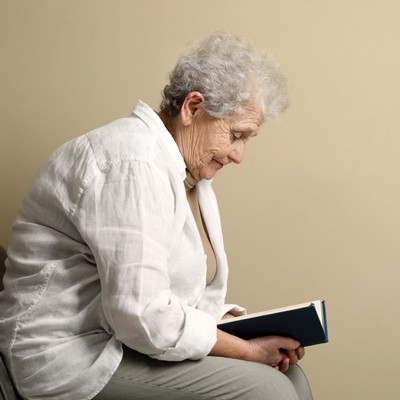
Elderly Scoliosis
Approximately two-thirds of the elderly population experience scoliosis, with pain often accompanying this condition in older patients. Adult Scoliosis, also known as Adult-Onset Scoliosis, differs from Adolescent Idiopathic Scoliosis. It manifests as a degenerative curvature of the spine, primarily due to the degeneration of spinal joints.
Typically emerging in individuals over the age of 65, this type of scoliosis affects a larger portion of the spine, extending to the neck region. Usually presenting as a C-shaped curve in the lumbar spine, it is often linked to spinal degeneration, medically termed Spondylosis. Factors contributing to this condition include the weakening of spinal ligaments and soft tissues, alongside the development of bone spurs, resulting in abnormal spinal curvature.
Additionally, osteoporosis, vertebral compression fractures, and disc degeneration can exacerbate adult-onset scoliosis. Spinal tumors, such as osteoid osteoma, also represent potential culprits, inducing pain and prompting individuals to lean to one side to alleviate pressure, thereby contributing to spinal deformity. Degenerative scoliosis stands as the predominant form of scoliosis observed in adult populations.
Do You Qualify for Care?
Schedule an Appointment Below
